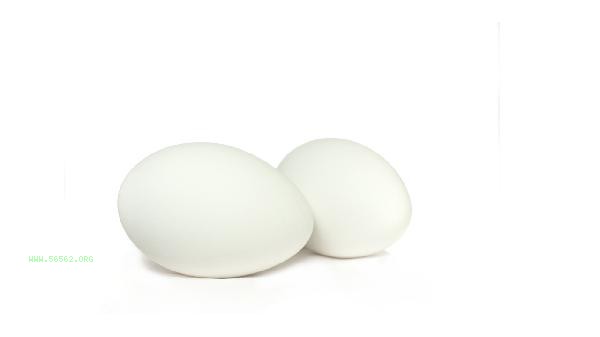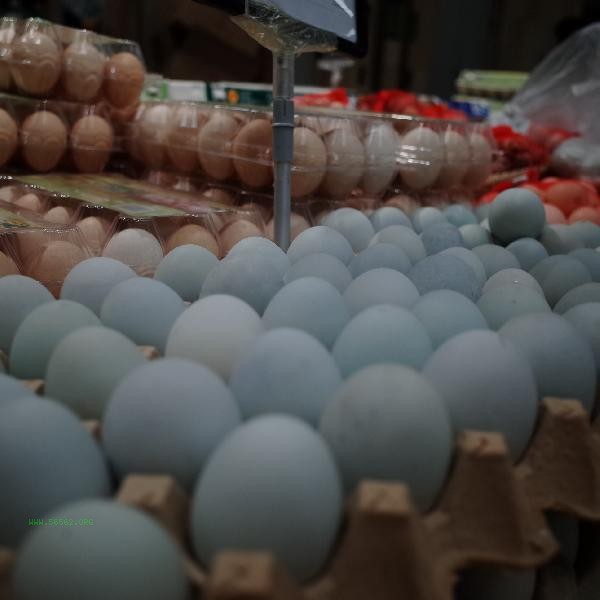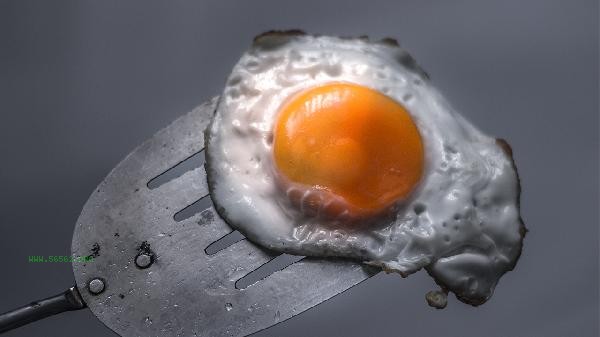After dissolving fibrinogen, it is recommended to store it at 2-8 ℃ for no more than 24 hours under refrigeration conditions. The actual storage time is affected by factors such as dissolution method, storage temperature, type of anticoagulant, initial sample concentration, and risk of microbial contamination.

1. Dissolution method:
Mechanical shaking dissolution and enzymatic hydrolysis have different effects on the structure of fibrinogen. Ultrasonic disruption may cause conformational changes in proteins, and enzymatic hydrolysis at 37 ℃ water bath is more conducive to maintaining stability. After dissolution, it needs to be immediately packaged to reduce degradation caused by repeated freeze-thaw cycles.
2. Storage temperature:
Refrigeration at 4 ℃ can delay the polymerization reaction of fibrinogen, but spontaneous crosslinking may occur after 24 hours. -Freezing at 20 ℃ can be extended to 72 hours, but slow thawing at 37 ℃ is required to avoid protein denaturation during reconstitution.
3. Anticoagulant type:

Sodium citrate anticoagulant has better sample stability than heparin anticoagulant. Heparin may activate platelets to release plasminogen activator, accelerating fibrinogen degradation. EDTA anticoagulation can chelate calcium ions and affect subsequent functional experiments.
4. Sample concentration:
High concentration fibrinogen solution is more likely to form micro clots. Suggest adjusting the concentration to 2-4mg/ml, as too low a concentration will increase protein adsorption loss. The volume of packaging should not exceed 1ml to reduce the number of freeze-thaw cycles.
5. Microbial risk:
The dissolution operation should be carried out in a biosafety cabinet. Adding 0.1% sodium azide can inhibit bacterial growth, but may interfere with some detection items. If flocculent sediment or turbid solution appears, it should be immediately discarded.

Long term storage should be placed at -80 ℃ and protected with a cryoprotectant. Before use, it is necessary to test the coagulation time and fibrin polymerization ability. Avoid storing together with plasmin inhibitors and regularly calibrate the coagulation analyzer. A sample turnover time monitoring system needs to be established in the laboratory, and it is recommended to complete the analysis of clinical test samples within 4 hours. During transportation, it is necessary to maintain a cold chain and use specialized shock-absorbing containers. If the temperature fluctuation exceeds 2 ℃, the validity of the sample needs to be re evaluated.








Comments (0)
Leave a Comment
No comments yet
Be the first to share your thoughts!